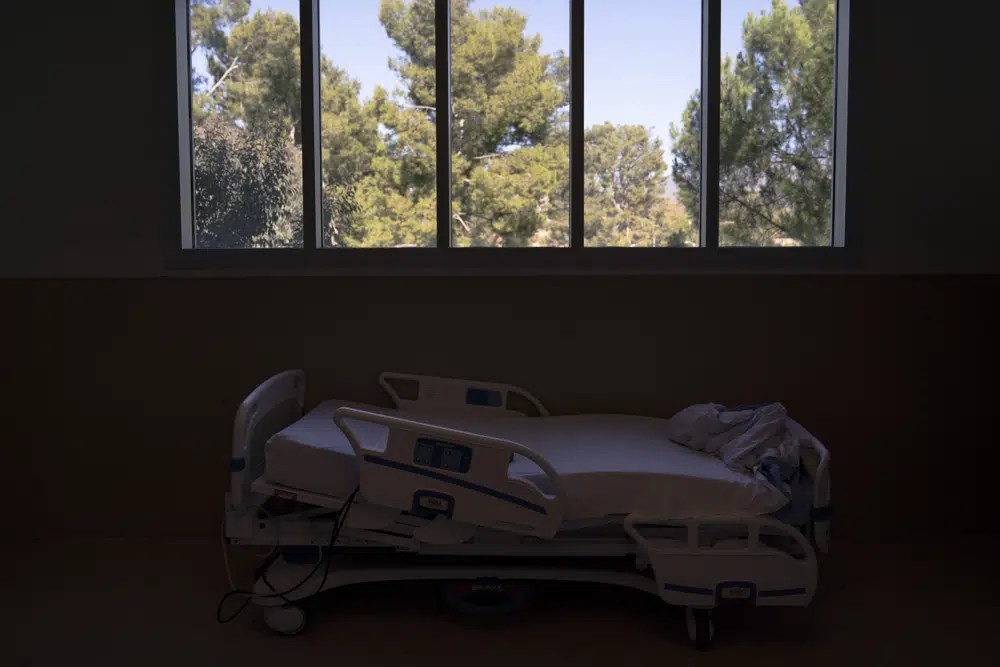WASHINGTON (AP) — If you get health care coverage through Medicaid, you might be at risk of losing that coverage over the next year.
Roughly 84 million people are covered by the government-sponsored program, which has grown by 20 million people since January 2020, just before the COVID-19 pandemic hit.
But as states begin checking everyone’s eligibility for Medicaid for the first time in three years, as many as 14 million people could lose access to that health care coverage.
A look at why so many people may no longer qualify for the Medicaid program over the next year and what you need to know if you’re one of those people who relies on the program.
WHAT’S HAPPENING TO MEDICAID?
At the beginning of the pandemic, the federal government prohibited states from kicking people off Medicaid, even if they were no longer eligible. Before the pandemic, people would regularly lose their Medicaid coverage if they started making too much money to qualify for the program, gained health care coverage through their employer or moved into a new state.
That all stopped once COVID-19 started spreading across the country.
Over the next year, states will be required to start checking the eligibility again of every person who is on Medicaid. People will have to fill out forms to verify their personal information, including address, income and household size.
___
WHEN MIGHT I LOSE MY COVERAGE?
That will vary depending on which state you live in; some states are moving faster than others to check eligibility. Arizona, Arkansas, Florida, Idaho, Iowa, New Hampshire, Ohio, Oklahoma and West Virginia are among the states that will begin removing ineligible Medicaid recipients as early as April.
Other states will start taking that step in May, June or July.
Not everyone will be removed from the program all at once. States plan to verify all recipients’ eligibility over periods of nine…
Read the full article here



